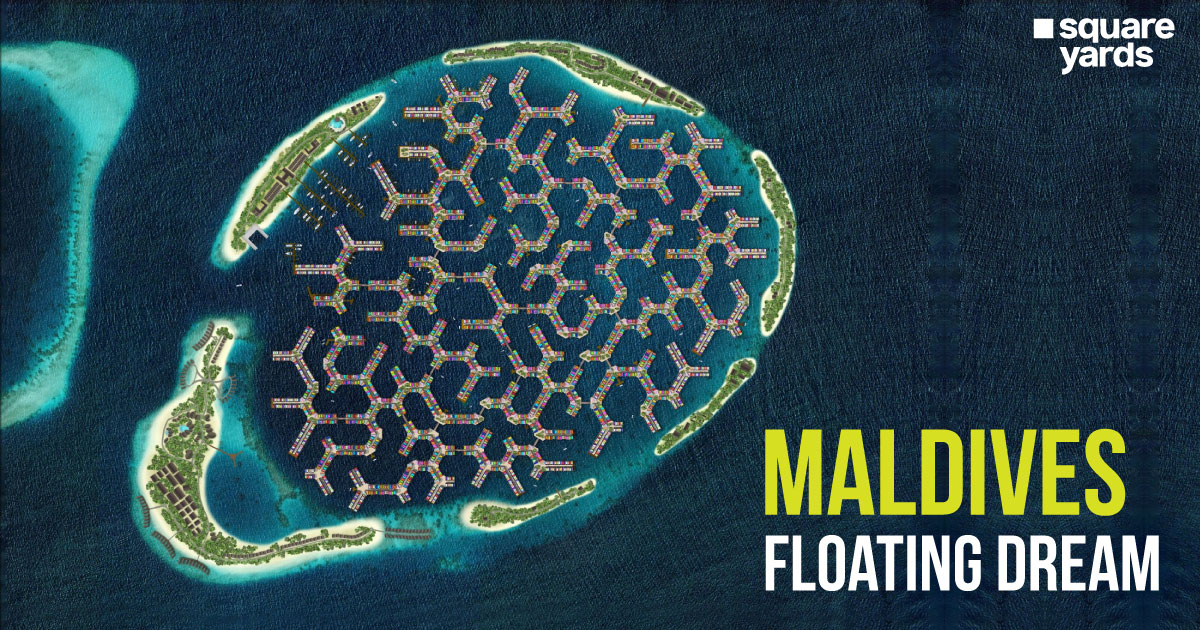From the 15 minutes of terror in the last mission to the coming glory of a perfect descent, the confetti is blinding!
ISRO ‘s Chandrayaan 3 landing on the south pole of the moon is soon to land successfully, and the country is ready to rejoice; trees are swaying, the air has a breeze to it, the clouds have never looked better, and the sun is playing hoopla with the moon.
A testament to human ingenuity, Chandrayaan-3, India’s Lunar Mission, has cemented India’s position as a prominent player in the region beyond Earth’s orbit. The mission’s objective was to demonstrate a safe soft landing on the moon’s surface, demonstrate roving on the moon and conduct in-situ scientific experiments.
We have been watching over three weeks since the mission was launched on July 12, and so has the world. Chandrayaan – 3 landing date and time is expected to land on the lunar surface at 18:04 IST on August 23, 2023, after a successful journey through the cosmos from earth-bound to moon-bound manoeuvres and then the propulsion module and lander module separation.
Launched from Sriharikota using the Launch Vehicle Mark-3 in July, the spacecraft is expected to make a landing on August 23. Entering the orbit first with Earth-bound manoeuvres and then Moon-bound manoeuvres. Chandrayaan-3 entered the moon’s orbit on August 5 and moved closer to the surface. After successfully reducing the orbit of the Chandrayaan 3 Lander on August 20, the Lander Module (Vikram) separated from the Propulsion Module 35 days after the mission, with Chandrayaan-3 positioned gradually to land on the poles. The Vikram lander contained Pragyaan (the Rover).
Table of contents
The Journey To Date
There are countless instances when India has risen from the dearth of people’s expectations and made what most would call a breakthrough, an impossibility made possible. This pattern emerges more from the world looking at India as the underdog that wasn’t expected to be a part of the race at all, let alone win it at the end. One such story is the journey of the Indian Space Research Organisation. Known for its courage, innovation and commitment to the cosmos, ISRO has been the heart of the nation’s progress and captured the imaginations of millions as a beacon of hope.
The world changed from 1962 to 2023, from INCOSPAR to ISRO and K Sivan to S Somnath. It was in the final phase of descent that Chandrayaan-2 malfunctioned. India’s Chandrayaan-3 mission is the third of India’s lunar mission and a second attempt at achieving a soft landing on the Moon’s surface. Demonstrating that a safe landing is possible and showcasing roving on the lunar surface have been the mission’s main objectives with in-situ-specific experiments.
Chandrayaan- 2 will forever be an unforgettable part of the ultimate triumph. It brought a new height to science and space research across India and motivated the youth to aim for higher skies.
Learning from Chandrayaan-2, ISRO Chairman S Somnath believes the landing to be the most crucial part of the process. The criticality emerges when the spacecraft must be reduced in its velocity. The lander’s ‘deboost’ helped regulate this, and the final landing, as expected, was done in the orbit where the Perilune (closest point to the moon) was 30km and Apolune (farthest point from the moon) was 100 km. With this mission, India will become the fourth country in the world to achieve this feat (after the US, Russia and China) and the first to explore the South Pole.
What this Achieves
Where many claim that Chandrayaan-2 did not fail per sé, one can not say it was completely successful, as the mission’s aims to soft land on the moon remained unrealised. Chandrayaan-3 aims to showcase exactly that and more. Analysing the moon’s surface on a pole that remains much secluded with no sunlight in the dark to demonstrate roving and conduct in-situ experiments. Scientists think that the unexplored parts of the moon with no sunlight might have the possibility of ice or minerals in the region. With a rover that will photograph the surface from 100 kilometres from the orbit, there are plans to research the subsurface and exosphere.
To Demonstrate a Soft Landing on the Moon
Soft landing on the moon means going from a speed of over 6,000 km/h to completely zero. Simply hitting the brakes can surely not cut it. Occurring at an orbit where the spacecraft is at a 100×30 orbit and undergoes a powered braking phase, the lander begins to use its thruster to navigate the descent.
After Chandrayaan-2 fell short of cemented history, the ISRO chief had called the 15-minute duration when the soft-landing was to occur as the 15 minutes of terror. This was the period when the lander was to fire the engines at the right times, right altitude, and with the right amount of fuel. An autonomous process that left nothing but the major dread of watching history take shape and being able to influence nothing.
More Info about the South Pole
While the Vikram lander will play its role, the Pragyaan Rover has been equipped with scientific payloads that will be used to investigate the moon. This includes the LASER-Induced Breakdown Spectroscope (LIBS) that will analyse chemical compositions on the surface and help us achieve crucial data that can generate theories and help us understand the moon better. The Alpha Particle X-ray Spectrometer (APXS) will do the same for lunar rocks and soil on the surface close to the landing site.
To conduct in-situ Scientific Experiments
The spacecraft features many scientific instruments and payloads to help achieve in-situ surface experiments.
- The rover will herald the responsibility to conduct the surface research, and the lander will also indulge in its own research.
- Using the Radio Anatomy of Moon Bound Hypersensitive Ionosphere and Atmosphere (RAMBHA) instrument, the lander will measure plasma on the lunar surface and exactly what changes occur in this gas of electrons and ions over time.
- Chandra’s Surface Thermophysical Experiment (ChaSTE), also a part of the lander, will understand and measure the thermal properties of the south polar region.
- The Lander’s Chandra’s Surface Thermophysical Experiment (ChaSTE) will measure the thermal properties of the south polar region.
- The Lunar Seismic Activity (ILSA) will help us better understand the moon’s structural crust and mantle.
- LASER Retroreflector Array (LRA) will be a passive experiment on its own and has been contributed by NASA. Simultaneously running these experiments, it will run background on the lander, collecting data that could help scientists understand moon system dynamics better.

Encourage International Space Operations to Collaborate
History shows the 11 attempts the USA made before it could soft-land on the surface with Surveyor-1 in 1966, at the height of the space race. China’s Chang’e-3, however, reached the feat on its first attempt. The Soviet Union’s first landing with Luna-9 had occurred just a few months before Surveyor-1. There is always a race to be had, some country to win from. India’s self-reliance is one of the most significant takeaways from our space journey. Just two days before Chandrayaan was to achieve its soft landing, Russia’s first lunar mission in over 50 years, Luna 25 crashed on the surface, leaving Chandrayaan-3 on the cusp of history.
With changing times and years, international collaboration has been professed in circles for ages. Luna 25 was laden with well-wishes across countries when the time came. The success of India’s Lunar Mission with Chandrayaan-3 could open doors for innovative scientific collaboration and research. It is no surprise that collaborations have occurred across countries for missions for years. By leveraging and forging new partnerships, India could become a main player in lunar exploration, adding to scientific advancement and international relations.
Making scientific results freely available could foster collaborative research that could benefit humanity and reinforce the idea of aiming for higher skies still.
By making scientific results freely available to the global community, India could foster collaborative research that benefits humanity.
To Infinity and Beyond!
The applause has already started pouring in and we will not have it any other way. On the day of Vikram Lander’s awaited descent, Elon Musk replied to a tweet about the sheer brilliance of the mission’s cost cap and how it is comparatively cheaper to major Nolan extravaganzas by comparison.

The vital scientific data that the mission is soon to gather is sure to play a pivotal role in scientific research ahead. The Chandrayaan – 3 landing date and time have been projected at 18:04 Hrs.IST on August 23 with the live telecast to begin officially by 17:20 Hrs. IST.
Chandrayaan-3 landing on the south pole is not simply a mission, it is the genesis of India’s renewed lunar aspirations as we gaze toward the horizon. ISRO has proven that diligent hard work, sheer dedication and a relentless pursuit of excellence are the key components for success. Exploring infinity and taking the next evolutionary step, the name will reverberate through history and forever in the hearts of the people who today rejoice in this commitment to the endless cosmos.






















